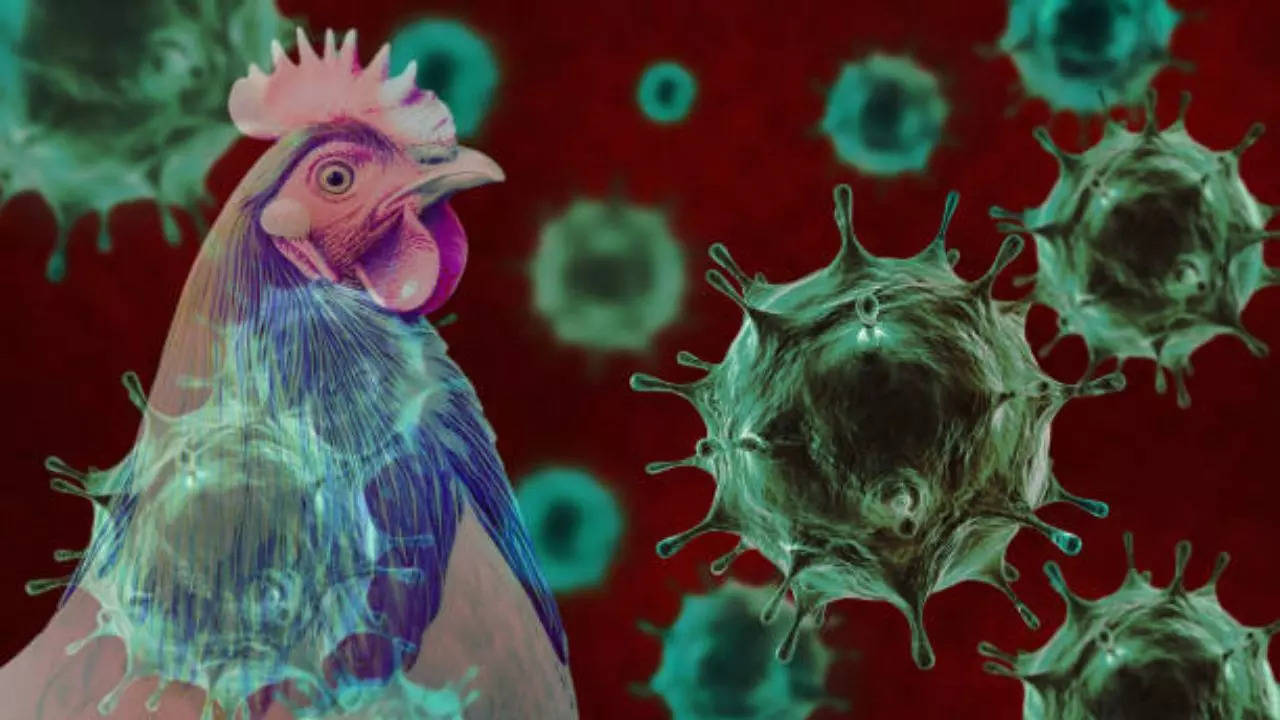-
news
-
Health
This infectious disease is set to become a global health problem in 2025
As COVID-19 recedes, H5N1 bird flu is emerging as a potential global health threat. While it is currently limited to animals and sporadic human cases, experts warn that a single mutation could enable human-to-human transmission, leading to a pandemic.

This infectious disease is set to become a global health problem by 2025 (Image credit: iStock)
The COVID-19 pandemic showed us how quickly an infectious disease can change the world. Millions of people lost their lives and this made everyone more cautious about what might happen next. Although COVID-19 is now under control thanks to vaccines, new health threats always emerge.
One virus gaining attention is H5N1, or “bird flu.” This type of influenza is common in birds but has recently begun to infect other animals such as cattle and horses. Although it does not currently spread easily between humans, experts are concerned that this could change, making human-to-human transmission possible.
Three big and growing concerns
Malaria, HIV and tuberculosis collectively kill about 2 million people annually. These well-established diseases remain top priorities for public health officials. However, there is another group of threats that is demanding attention: priority pathogens that have developed resistance to commonly used treatments, such as antibiotics and antivirals.
The need for constant vigilance against emerging diseases is further increasing this complexity. Of these, influenza viruses pose a unique threat due to their ability to mutate rapidly. One strain in particular, H5N1, is raising alarm bells as it is on the verge of becoming a significant health crisis in 2025.
Why is H5N1 a matter of concern?
H5N1 is widespread in wild and domestic birds, including poultry. Recently, it has also been found in dairy cattle in several US states and horses in Mongolia, further expanding its range. The virus occasionally infects humans, often through direct contact with infected animals or consumption of raw milk.
In the US, there have been 61 human cases of bird flu this year, a sharp increase from only two cases in the entire US in the past two years. With a 30 percent mortality rate among infected people, the risk is very high. While H5N1 does not currently spread from person to person, its presence in farms and animals increases the risk of it developing further.
Influenza viruses infect cells by binding to molecular structures called sialic receptors. While flu viruses adapted to humans bind efficiently to human sialic receptors, H5N1 conforms primarily to avian receptors, making it less likely to spread between humans in its current form.
However, a recent study has shown that a single mutation in the genome of H5N1 can significantly increase its ability to spread from person to person. If this adaptation occurs, it could lead to a global pandemic, which would require immediate and coordinated action from governments around the world.
preparedness and prevention
Recognizing the potential threat, many countries have stepped up their pandemic preparedness efforts. For example, the UK has stockpiled 5 million doses of the H5 vaccine to reduce the risk of a bird flu outbreak in 2025.
Even if H5N1 does not evolve to spread among humans, its impact on animal health remains a serious concern. Increasing cases in livestock and poultry could disrupt food supplies, impact global trade and cause significant economic losses.
While the world is better prepared than ever for emerging diseases, the rise of H5N1 serves as a reminder that nature remains unpredictable. Staying informed, investing in research, and maintaining strong surveillance systems is important to prevent the next potential pandemic.
Get the latest news live on Times Now with breaking news and top headlines from around the world.


